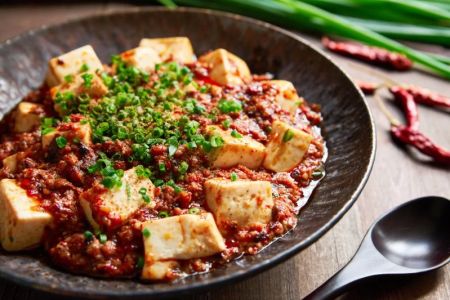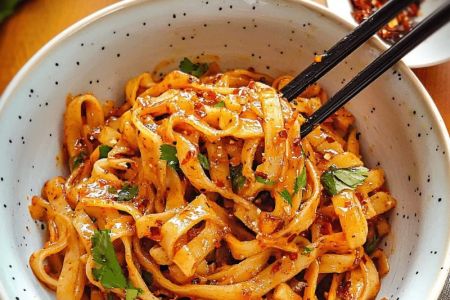1. Diversity of Asian Cuisines
Asia is a vast continent home to an incredible variety of cultures and culinary traditions. When asking "what do Asian people eat," it's important to recognize the diversity that ranges from the spicy curries of South Asia to the delicate sushi of Japan, and the hearty noodles of China to the vibrant street foods of Southeast Asia. Each region offers unique flavors shaped by geography, climate, history, and local customs.
This diversity means that “Asian food” is not a single cuisine but a collection of many distinct styles, ingredients, and cooking techniques. Appreciating this variety allows for a deeper understanding of the richness and complexity behind what Asian people eat every day.
1.1 Regional Highlights
For example, East Asian cuisines such as Chinese, Korean, and Japanese focus on balance, fresh vegetables, rice, and seafood. South Asian diets heavily incorporate spices, legumes, and breads like naan or roti. Southeast Asia is known for its aromatic herbs, coconut milk-based dishes, and street food culture.
2. Common Ingredients and Flavors
While Asian cuisines vary widely, some ingredients and flavor profiles are common across many regions. Rice is a staple food for most Asian countries, often served with vegetables, meats, or sauces. Soy products like tofu and soy sauce are prevalent in East and Southeast Asia, providing protein and umami flavor.
Flavors such as sweet, sour, salty, bitter, and spicy are skillfully combined to create balanced dishes. Herbs like cilantro, basil, and mint, alongside spices like ginger, garlic, turmeric, and chili, contribute to the distinct tastes that define Asian cooking.
Understanding these core ingredients helps explain what Asian people eat and why their meals taste so vibrant and diverse.
3. Traditional Meals Across Asian Regions
Traditional meals often reflect social and cultural values. For instance, in Chinese cuisine, meals are shared communally, emphasizing harmony and family. Typical dishes might include dumplings, stir-fried vegetables, and soups.
In India, meals are commonly served with a variety of curries, lentils, and breads, often arranged on a thali platter that balances nutrition and flavor. Japanese meals focus on seasonal ingredients with simple preparations like sushi, tempura, and miso soup.
Many Asian countries also celebrate special dishes during festivals and holidays, deepening the connection between food and cultural identity.
4. Cultural Significance of Food in Asian Societies
Food in Asian cultures is more than sustenance—it is a symbol of heritage, respect, and community. Meals serve as opportunities to strengthen family bonds and honor traditions passed down through generations.
Many dishes carry symbolic meanings, such as longevity noodles in Chinese culture or mooncakes during the Mid-Autumn Festival. Understanding these cultural nuances enriches the experience of Asian food and highlights its importance beyond taste.
5. Modern Influences and Fusion Cuisines
Modern Asian food scenes blend traditional elements with global influences, creating fusion cuisines that appeal worldwide. Chefs incorporate new techniques and ingredients, adapting classic recipes to contemporary palates.
For example, Korean tacos merge Korean flavors with Mexican-style street food, while Asian-inspired bowls combine ingredients from multiple countries into one dish. These innovations demonstrate how what Asian people eat continues to evolve while honoring its roots.
6. Where to Experience Authentic Asian Food
Authentic Asian food can be found in vibrant Chinatowns, Koreatowns, Little Indias, and other ethnic enclaves across the U.S. and globally. Food markets, street vendors, and specialized restaurants offer rich experiences for those curious about Asian cuisine.
For those interested in cooking or purchasing authentic ingredients, resources like Chinese Food provide trusted products, recipes, and cultural insights to bring the flavors of Asia into your home kitchen.
Exploring what Asian people eat opens doors to a world of flavors, history, and tradition, inviting food lovers to enjoy a truly global culinary adventure.







